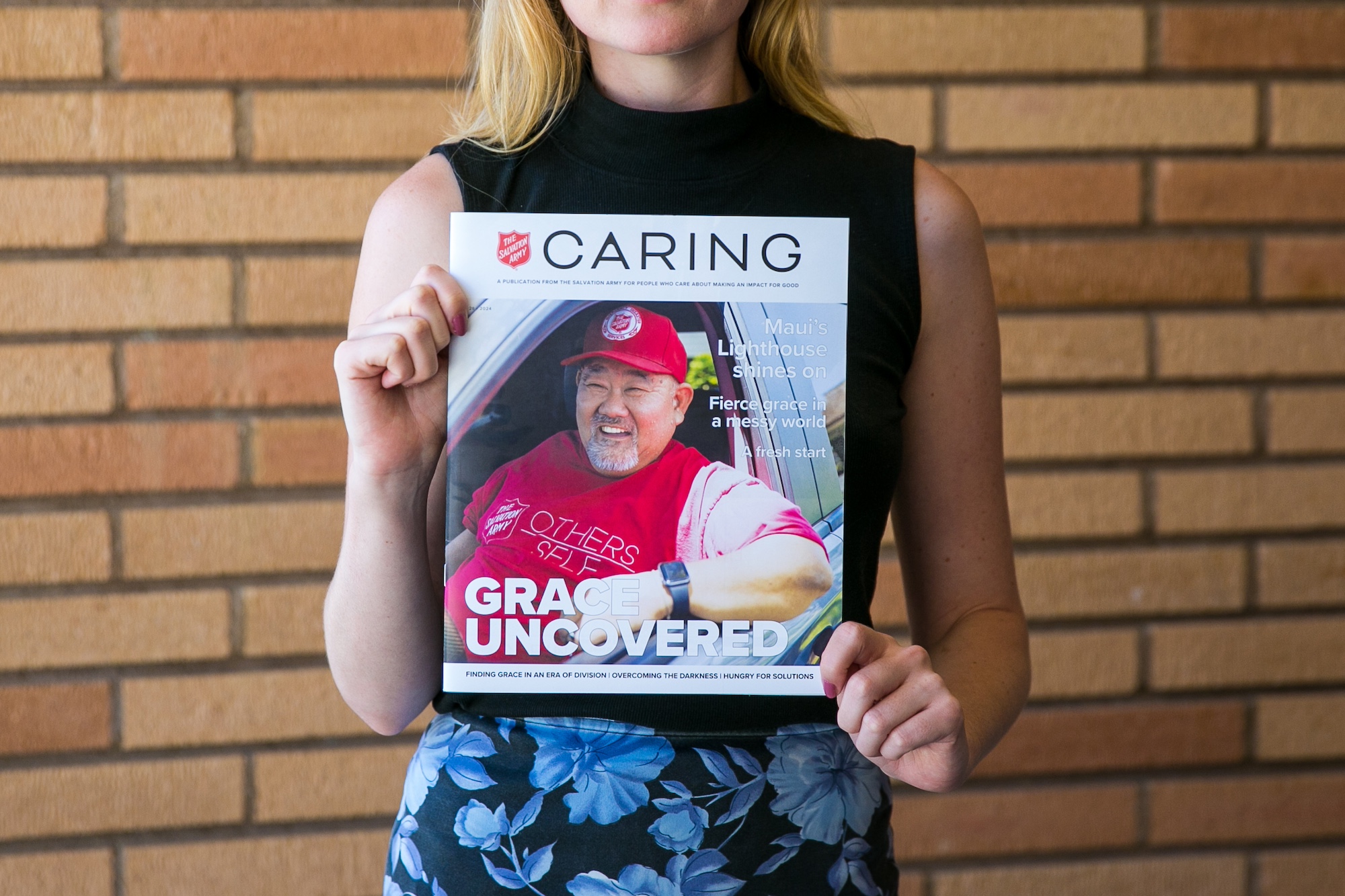“Doing the Most Good” isn’t an empty promise in San Francisco—it’s a description of The Salvation Army’s caring ministry throughout the city.
Since 1941, the Harbor Light Center has provided critical substance abuse services to men and women caught in the cycle of addiction. Within the center are a detoxification unit and a residential treatment program designed to help clients change their self-destructive, addictive lifestyles and develop personal skills. “We take a holistic approach,” said Program Director Scott Campbell. “We’re dealing with people’s spiritual need in addition to their physical element.” In 2004, over 1,100 people received services through the detox and residential programs.
Twenty-four beds are available at the detox unit; clients may stay five to seven days.
At the Harbor Light residential recovery program, there is room for 51 men and 21 women to stay from six months to a year, while learning skills that will enable them to live responsibly on their own. Last year, 74 percent of the program graduates remained clean and sober after graduation.
Harbor House is a state licensed substance abuse program for single parent, homeless families seeking self-reliance. “It’s one of the few San Francisco facilities for single parents with kids,” said Program Director Christine Dunmore, who called it “the last stop” before independence. To be accepted, residents must have completed a six-month recovery program and be referred by that program.
Captain Phil Smith is administrator of the Harbor Light; his wife, Captain Lawry Smith, serves as corps officer of the Lighthouse Corps, located on the center’s campus.
South of Market Street at the family service center, Family Services director Claire Dunmore checks on today’s batch of volunteers, a group of teens from the Midwest who are sorting back to school supplies. The huge warehouse—27,000 square feet—is the hub for all of the Army’s social services in the city. The Family Services department helps low income families receive new clothing and school supplies, in addition to food, housing assistance, help paying bills, and referrals to other community resources. More than 2,000 people a month are seen by the department which includes five caseworkers located throughout San Franciso and South San Francisco.
“Family Services is often the one and only chance for some people to meet The Salvation Army,” said Dunmore. “People come to us first when they need help, or they come to us last when everything else has failed. We hold everything together.”
The city is also home to a number of other corps: the Asian American Yerba Buena, under the leadership of Majors Ron and Keilah Toy, located adjacent to the Silvercrest residence; the San Francisco Korean, under the leadership of Captains Peter and Ok Kim; the South San Francisco Citadel, led by Majors Daniel and Carole Abella; the Chinatown Corps, under the leadership of Majors Thomas and Joy Mui; and the Mission Corps, led by Lieutenants Mario and Maria Ruiz.
With a growing corps fellowship, an active Home League, and a vibrant youth group, the Mission Corps is meeting needs in a neighborhood that is largely Hispanic. Being located in an area known for gang activity has influenced their ministry; Lts. Ruiz were told by the police not to put red t-shirts on the kids at their open air meetings, held on the corner of 24th and Mission, because it is a color affiliated with a local gang.
The Chinatown Corps, opened in 1886, has the distinction of being the oldest Chinese corps in The Salvation Army. It provides a significant ministry to an immigrant population of youth, adults and seniors—many of whom arrive from Mainland China and speak no English. Much of its outreach is geared to youth; about 20 attend the weekly youth group. The program makes an impact on the kids and their families. One mother said: “My two boys have changed; they are no longer rebellious, but are positive—they communicate, and take time to talk with us.”
Using her artistic talents, Major Mui initiated a Saturday art class to reach out to the neighborhood; in the process, it has generated more than $3,000 in donations for corps programs.









